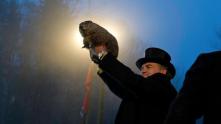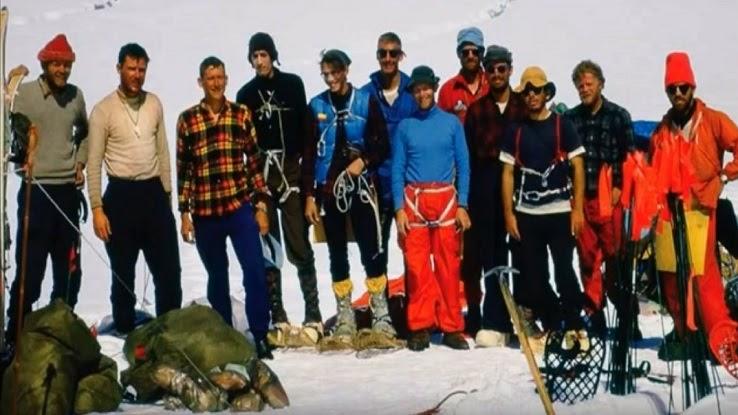
Mountain climbing is an exhilarating yet dangerous sport. Every year, thousands of people summit the world’s glorious mountains, and every year, people die while attempting to reach those peaks. The number of related deaths is getting lower as technology advances and we work on making the sport safer. Yet, this wasn’t always the case, and history is littered with examples of deadly climbing expeditions. One of the deadliest of these adventures took place in 1967: the Wilcox Expedition.
What Is the Wilcox Expedition?
The tragic Wilcox Expedition took place in the summer of 1967. It was led by Joe Wilcox, a 24-year-old graduate student. Twelve men set out together to climb Denali (otherwise known as Mount McKinley), the tallest mountain in the United States, as a challenging but hopefully enjoyable summer activity.
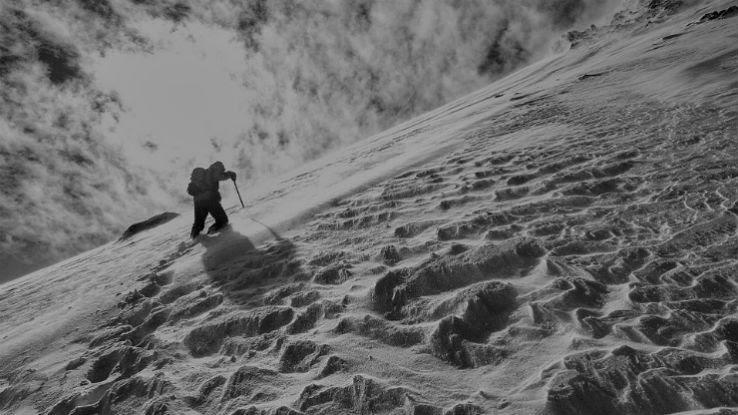
Over half of the men would never be seen again. The climb took a disastrous turn and is now one of the most famous and deadly climbs to happen on the Alaskan mountain. Only five of the men who set out made it back alive; Denali claimed the lives of the other seven.
Joining Forces
Wilcox’s original expedition had nine people. The number increased just a day before the climb began. Another adventure, the Colorado Expedition, was planning on taking the same route at the same time, and they had already talked of sharing some equipment, like fixed lines.
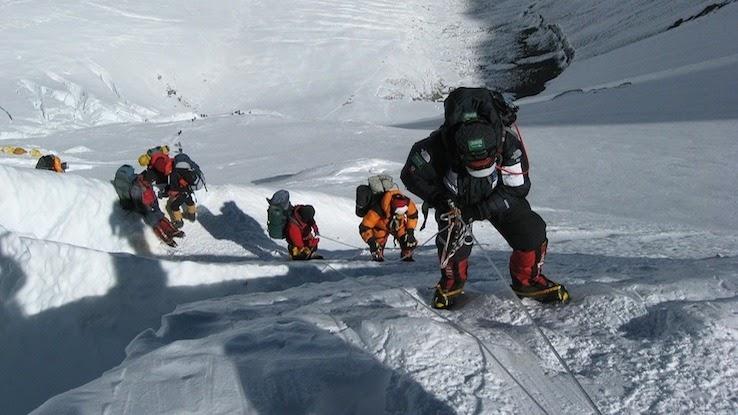
The day before the climb, one of the men in the Colorado Expedition was involved in a car crash, which prevented him from joining the rest of his group. The National Park Service’s minimum group number was four people. The two expeditions joined forces so everyone could still climb, and a new group of 12 was formed.
Conflict
Over the years, various rumors have surrounded the expedition regarding what took place on the mountain. One popular story is that there was a conflict between the two groups of men who were forced together at the beginning of their journey. That conflict has been blown massively out of proportion.
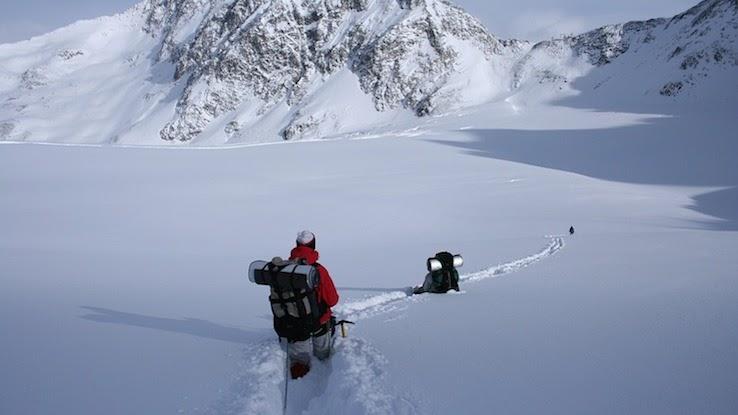
Being on a dangerous climb led to some arguments surrounding the experience level of each climber and whether Joe Wilcox was experienced enough to lead an expedition. However, it was an argument made after the tragedy befell the group. It’s more likely that this wasn’t much of an issue at the start of the expedition.
Who Were the Hikers?
The hikers were a fairly young group of men. The oldest was 31, while the youngest was just 22. In addition to being relatively young, they were all relatively inexperienced; of the 12, only two of them had ever climbed above 15,000 feet.
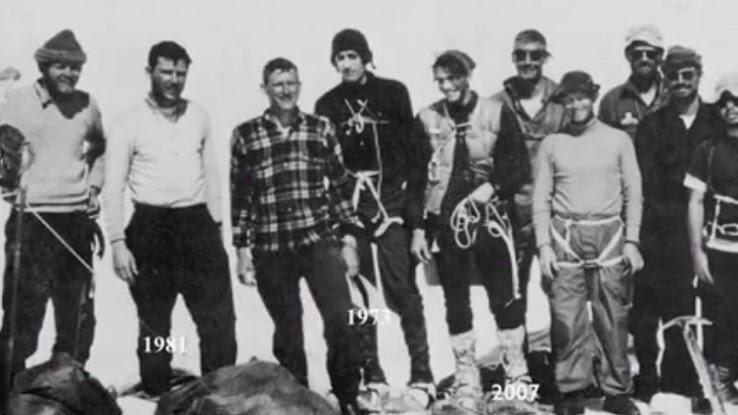
Snyder, the original leader of the Colorado expedition, brought two others with him from Denver: Schlechter and Lewis. The men of the Wilcox Expedition included eight others who came from all over the United States. The Wilcox men had never climbed together before, which is one element that made their trip even more dangerous.
The Final Calm
At first, the climb seemed to start off well. At the final camp before the summit, the climbers split into two groups: the more experienced (the Colorado men, plus Wilcox) and the less experienced. The four more-experienced men summited the mountain on July 15, while the others rested for an additional day at the camp.
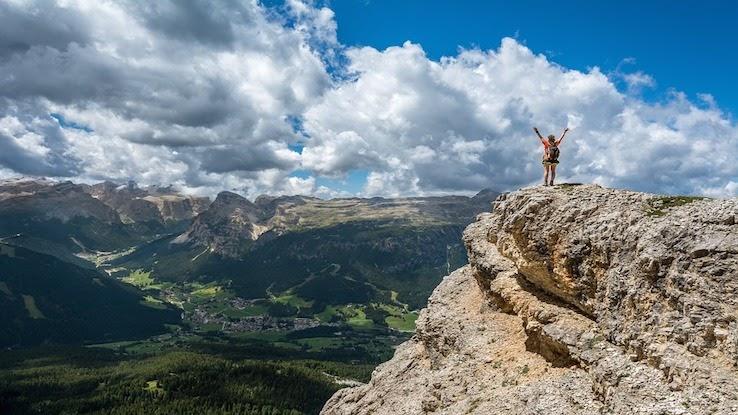
The summit group made it back to camp and planned to start their descent the following day, while the other eight planned to start their summit attempt in the morning. As long as weather patterns held, they would be in for a lovely day of climbing.
The Separation
On July 16, the four men who’d summited the mountain began their descent, with one extra. Schiff, who was suffering acute altitude sickness, made the decision to turn around and descend without summiting. The group could see the camp for some time as they went down, so they could keep an eye on the others.
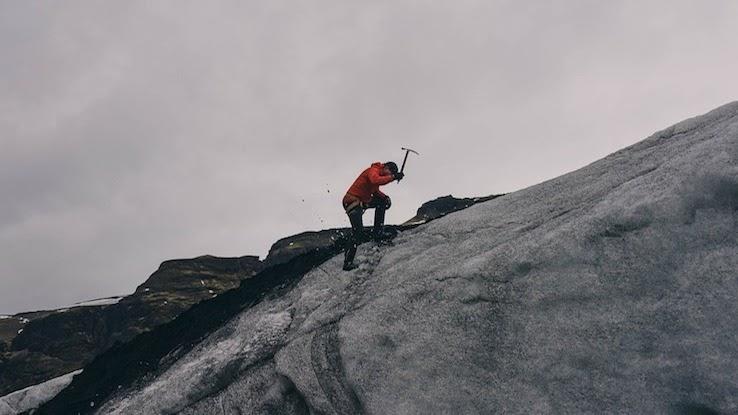
The new summiting group took a long time to prepare for their climb — too long. They didn’t start until late that afternoon. One man, Steve Taylor, was also suffering from altitude sickness, so he waited at the camp for the other six to return.
What Is Altitude Sickness?
Many things can go wrong up on a mountain, but altitude is one of the biggest challenges. Most of the men in the expedition were suffering from a mild form of altitude sickness known as acute mountain sickness (AMS), but some of them were hit with the more aggressive version.
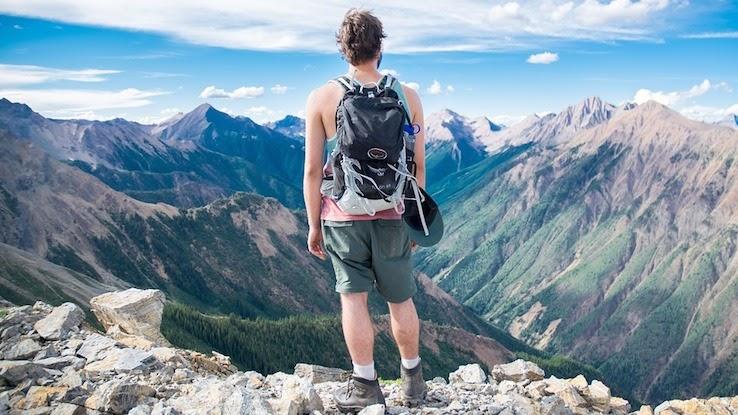
Altitude sickness is caused by rapid exposure to low amounts of oxygen at a high elevation — a common occurrence when climbing a mountain. People suffering from it experience vomiting, dizziness, headaches and fatigue, to name just a few symptoms. It’s not something you want to be dealing with in a survival situation.
Denali
Aside from altitude sickness, which can happen on any mountain, what makes Denali specifically so treacherous? For starters, the paths that climbers can take up the mountain are particularly dangerous, even for experienced climbers. Inexperienced ones (like some of the men of the Wilcox Expedition) may find it doubly difficult.
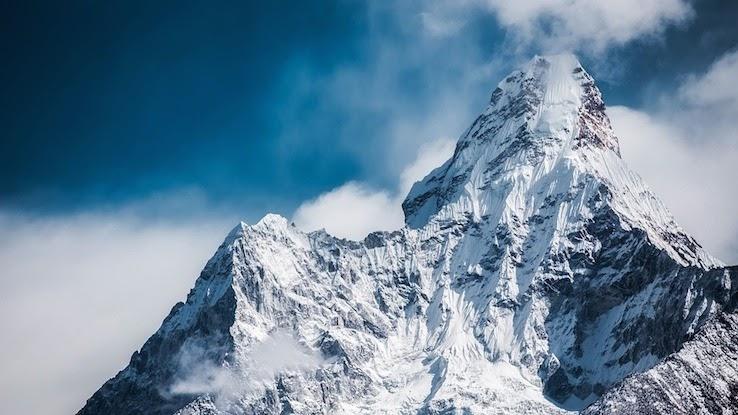
Denali, located in Alaska, is huge; it’s the largest mountain in the United States and is actually taller than Mount Everest when comparing the mountains’ heights from sea level to their tallest peaks. That’s a lot of ground for hikers to cover.
Beginnings of a Storm
The second summit group was led by Jerry Clark. On July 17, he radioed down to the rangers that his group was high up on the mountain, though they weren’t exactly sure where. A thick fog had closed in around them, making it nearly impossible to see, so they were going to have to hunker down for the night.
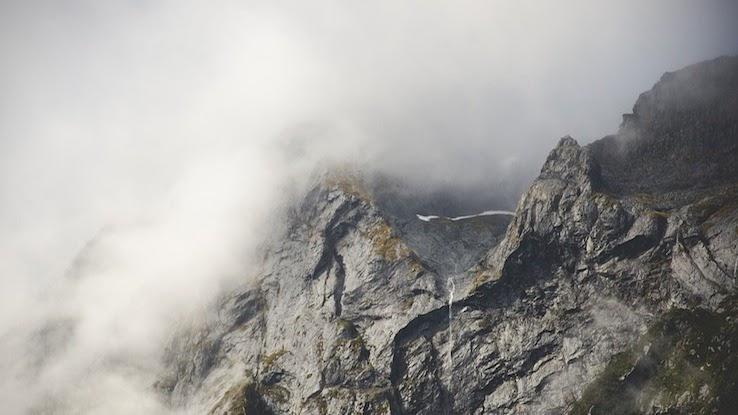
Because they planned on making the summit in only one day, they weren’t well prepared. They had minimal food, no tents and few sleeping bags to protect them from the cold. And they would soon discover that fog was the least of their worries.
Weather on Denali
Apart from the regular dangers of Denali, the weather is a huge factor in whether climbers are successful or not. More so even than on other mountains, weather on Denali is extremely temperamental and changes in the blink of an eye. Even at the best of times, Denali’s weather conditions are still sometimes terrible.
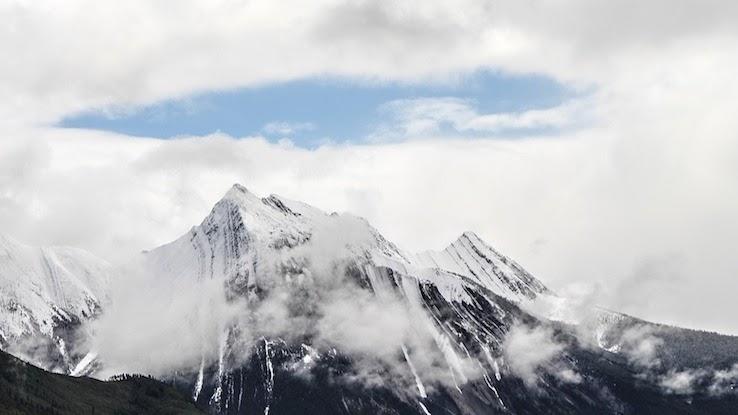
The mountain is close to several bodies of water that result in the formation of low-pressure systems that can, in turn, produce storms of all sizes. And the weather can differ from peak to peak or from slope to slope, so it’s almost impossible to navigate. In 1967, the climbers weren’t prepared for Denali’s weather.
False Positive
Clark radioed the rangers on the 18th to say that his team made it to the summit. This should’ve been a sign that things were turning around, and the trip would finish well — but, that was not the case. The men were beginning to experience white-out conditions, and the wind was blowing heavily while the temperature dropped drastically.
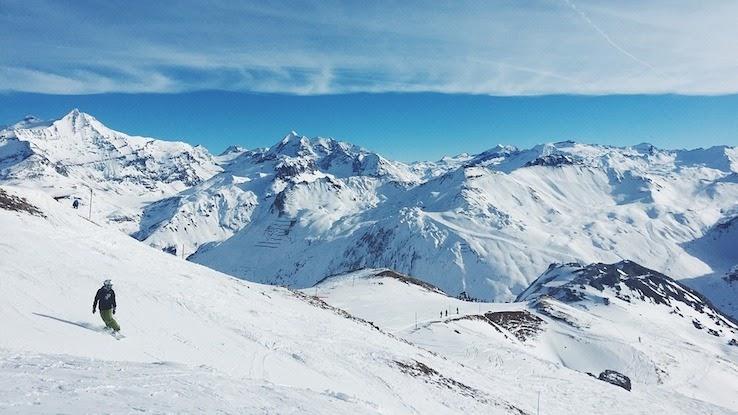
Only five of the six men (Dennis Luchterhand, Henry Janes, Mark McLaughlin, Walt Taylor and Clark) had made it to the summit. The sixth, John Russell, was unaccounted for. Clark said he would radio again that night. He never did.
The Brewing Storm
The storm that the climbers were experiencing was, in fact, one of the worst storms ever seen on the slopes of Denali. Some experts say it’s the worst storm that Denali has experienced while there were people actively climbing it. The men were being buffeted by the winds, but they had no idea what was coming.
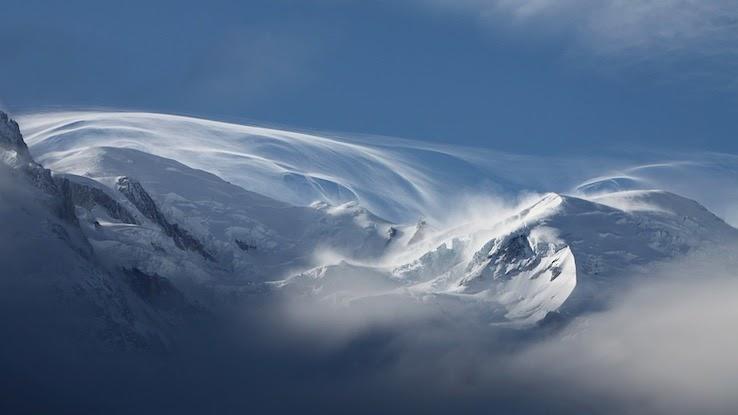
For the next seven days, the storm raged. Winds potentially reached above 300 miles per hour — higher than the qualifications for hurricane-level winds. The temperature, already frigid, dropped to -30 degrees Fahrenheit. And the climbers were caught in the middle of it all.
Mother Nature
Today, many people wonder what the climbers could have done to get themselves to safety. But Andy Hall, author and son of former National Park Superintendent George Hall, says there’s no point in asking those kinds of questions.

As difficult as it is, Hall says that we and the climbers must accept and acknowledge that “[t]he mountain calls the shots.” Mother Nature is a stronger force than any technology, and vicious storms can outwit even the most skilled climbers. Hall writes that, once the storm hit, all the climbers could do was hunker down and wait it out.
Missing Pieces
What happened after Clark’s final radio call is unknown. The group never made another radio call down to the visitor center. No one could make it up to the men until after the storm passed, by which time it was too late. The seven men were never seen alive again.
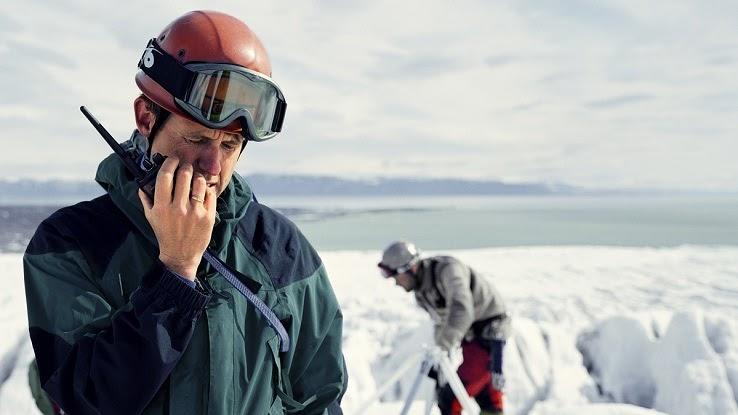
Despite all the infamy that has been generated by this tragedy, much of the story remains a mystery. Denali, like Everest and other huge mountains, claims victims that sometimes we cannot recover. Based on survivor accounts and stories from the rescue team, however, we can make a few guesses as to what took place.
Who Was the Rescue Team?
Another expedition led by Bill Babcock (pictured above) was on the mountain at the same time, but a few days behind the Wilcox group. The climbers were all members of the Alaska Rescue Group and were all highly experienced.
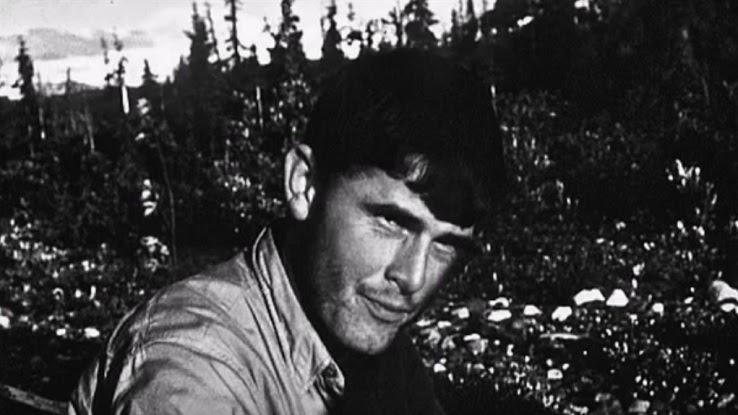
When the storm started they hunkered down in their tents, and though they knew the Wilcox Expedition was probably in trouble, they couldn’t do anything until the storm abated. They managed to weather out the storm long enough to find the members of Wilcox’s group who had made the descent, and, once the storm let up, they were tasked with searching for the other seven.
Bodies Discovered
Babcock and his team met a gruesome sight as they climbed. At the highest camp before the summit run, they found the body of a man clutching a tent pole. The tent was ripped to shreds, and the body, having thawed and frozen several times, was decomposing.
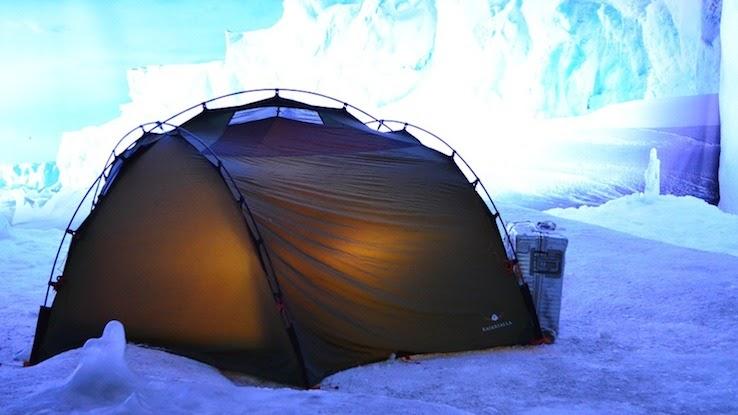
Farther up the mountain, they found two more bodies. Both were sitting in the snow, each with one leg out as if to brace themselves against the wind. Their faces were so covered in snow and destroyed by the air that they were unrecognizable. Babcock wasn’t able to identify any of the three men found.
What About the Others?
Babcock’s rescue team only found three of the seven missing men from the second summit team. On another part of the mountain, they found a bamboo stick near the lip of a crevasse, but the rescue team wasn’t able to get down to look for the body that might’ve been there.
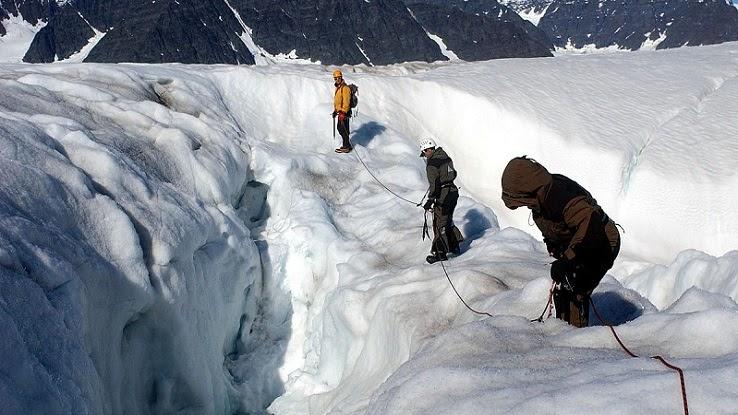
None of the climbers, Babcock noted, were tethered together — as climbers should be so they don’t get separated. This likely wouldn’t have made a difference in the men’s fate, but it certainly highlighted their inexperience and lack of preparedness for the mountain that they attempted to climb.
Survivor Theories
Snyder and Schlichter, two of the survivors, have theories about what happened — they’ve had a long time to consider the matter. Both agree that the other climbers were probably either still at the summit or pretty close to it when the storm hit them full-on in all its rage.
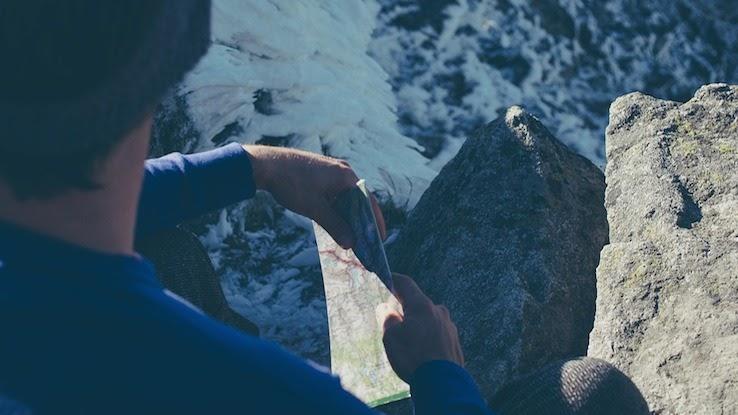
They describe the conditions that they think their fellow climbers were facing as completely terrifying, with absolutely no visibility and the wind being strong enough to rip off gloves. Schlichter says they probably started trying to descend as a group, but as the weather got worse, it turned into “every man for himself.”
Guesses at Identification
Though the bodies were never identified, Snyder and Schlichter believe that the two bodies from the slopes are likely those of Taylor and Luchterhand. They were two of the healthiest and strongest men of the group.
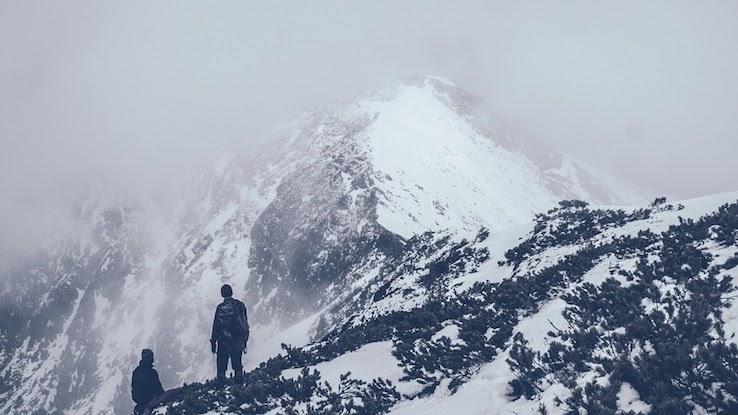
Snyder thinks that the two men tried to take a shortcut down a terrifyingly steep 4,000-foot slope to get back to the camp at 15,000 feet, but they never made it. He thinks that the body at the camp holding the tent pole was Russell, who likely turned around at some point during the climb due to altitude sickness.
The Bamboo Clue
As for the unidentified climber whose bamboo hiking stick was found near a crevasse, Snyder and Schlichter believe it was Steve Taylor. His sleeping bag and ice axe were found nearby. Snyder thinks that Taylor set up his axe and bag to make a sort of flag, hoping to signal the people down below if anyone was looking.
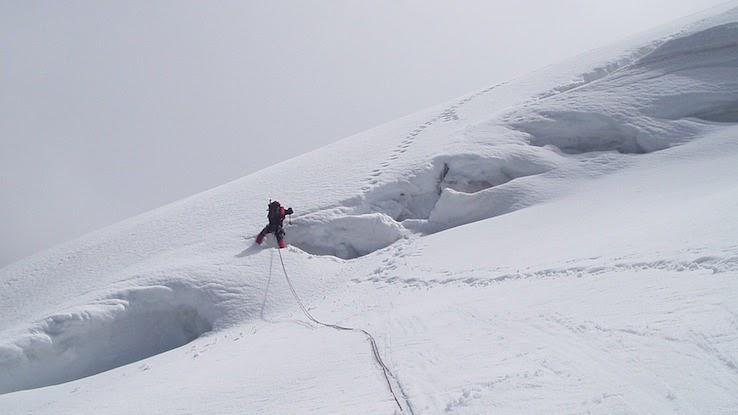
After he set up his signal, however, Snyder believes Taylor must have fallen into the crevasse while trying to move on. It’s unclear whether he was trying to continue down the mountain or return to camp, but he didn’t make it to either destination.
Was Wilcox to Blame?
In the wake of such a tragedy, many people blamed Wilcox for the outcome of his expedition. They accused him of poor leadership, in particular criticizing his decision to summit with the Colorado members rather than remain with the rest of the group. Additionally, people felt that he should’ve sent Russell and Steve Taylor down earlier, knowing they were sick.
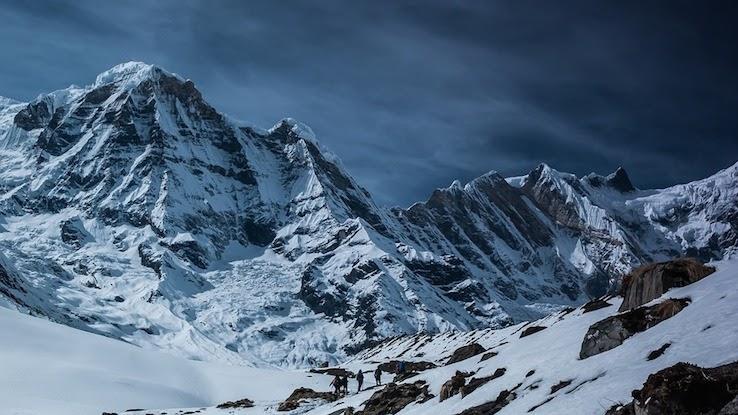
As for the inexperience of his team members, he claimed he hadn’t known; he had merely accepted applications from the group and didn’t realize they had never climbed together before. He felt immensely guilty for years after the incident.
Was Air Rescue Ever an Option?
Many people question whether it had been possible to send in a rescue team from the air. Wayne Merry, a park ranger at the time, thinks it would have been. Looking up at the mountain from where he was sitting, he thinks a helicopter could have reached the men.
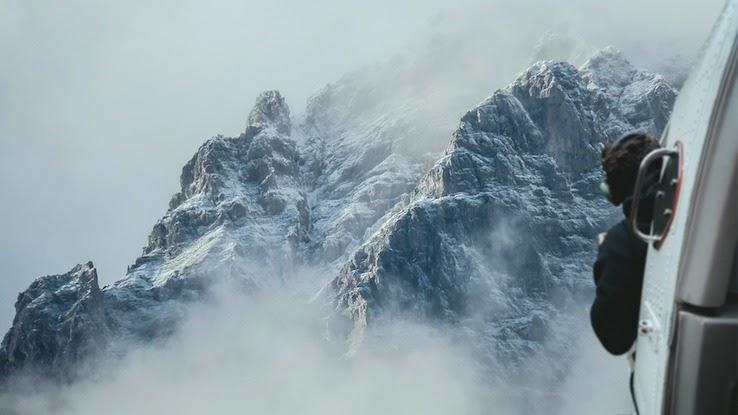
The rescue coordinator, however, says it would have been impossible. Merry may have seen relatively safe weather conditions, but from another angle, and on different parts of the mountain where the men were stranded, it was too dangerous. Sending a helicopter or a plane would’ve been disastrous in hurricane-level winds.
Survivors’ Stories
Even the survivors had a tough time getting down. When they made it to base camp on July 25, five of them squeezed into a four-person tent, trying to melt snow in water bottles with only their body heat. Unable to cook anything, they ate what they could scrounge up — mainly candy and crackers.
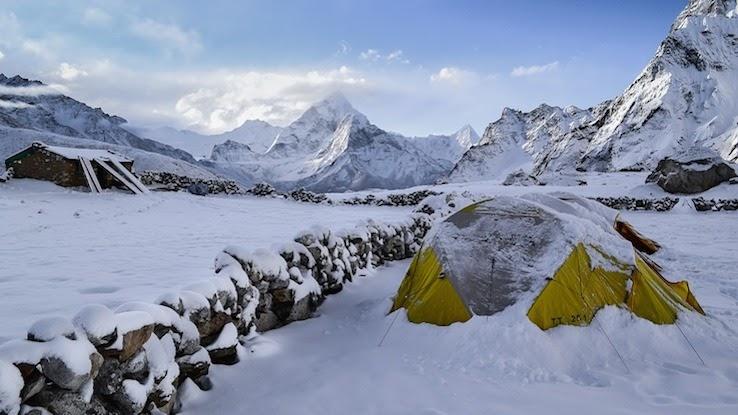
They relied on only each other to keep warm, their tent doing little to keep out the harsh winds of the storm. But they were lucky. They survived. The next day, they kept moving and met up with the rescue team, who gave them food and water.
Pointing Fingers
As people searched for answers as to why this terrible incident happened, they tried to find blame anywhere they could. Many criticized the National Park Service because for a long time it was believed that the organization had forced the two expeditions to climb together. People believed issues arising from the combining of the teams were to blame.
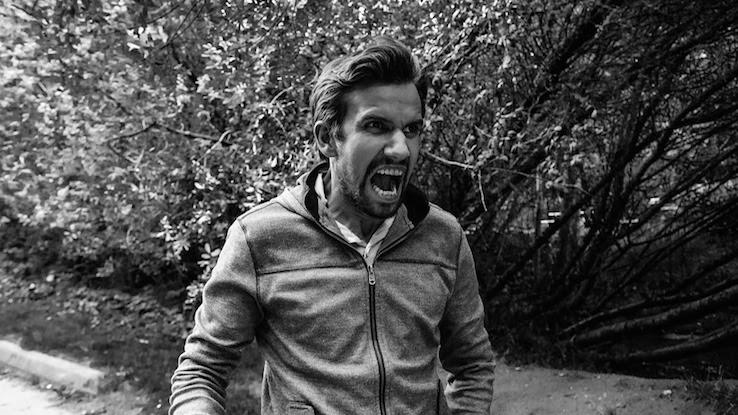
Others argued that the National Park Service should’ve initiated rescue efforts sooner — as soon as the storm began — or that they should’ve forbidden the groups from climbing in the first place if a suspected storm was on the way.
Calls Home
In the aftermath of the tragedy, George Hall, the then-National Park Superintendent, had to make the most difficult phone calls of his life to the families of the men who had died. Making just one of these phone calls would be terrible enough, but Hall had to make seven of them.

According to his son Andy, Hall described those phone calls as the hardest thing he’d ever had to do on the longest night of his life. Andy writes in his book, for context, that his father served as a radio operator in World War II — and still, those phone calls were worse.
Almost Shut Down
Following the incident with the Wilcox Expedition, the National Park Service was shocked and horrified and found itself faced with a terrible dilemma. For the safety of future climbers, it had some serious discussions around whether to shut down the mountain for climbers in order to prevent such a tragedy from happening again.
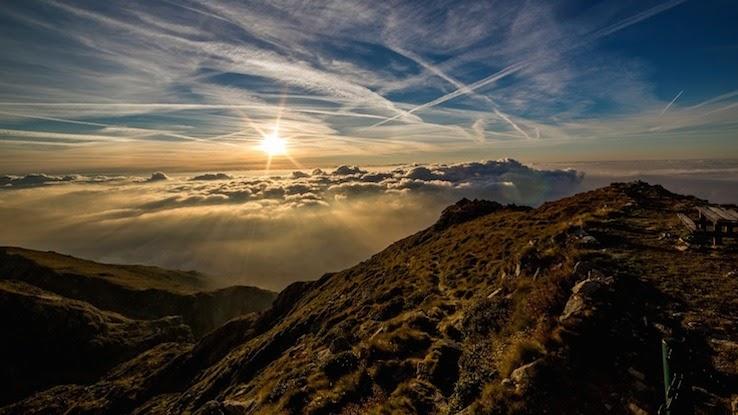
But George Hall fought tooth and nail to keep it open, to allow climbers to come back and experience the amazing beauty of the mountain with more safety in mind. Eventually, he won. For his effort, he was awarded a lifetime membership from the Mountaineering Club of Alaska.
Studies for Peace
After years of blame being thrown around, studies have come out demonstrating that no one could have survived the storm on Denali that summer — it was unsurvivable. Once the climbers were on the mountain, no matter what their experience levels were, there was nothing they could’ve done differently.
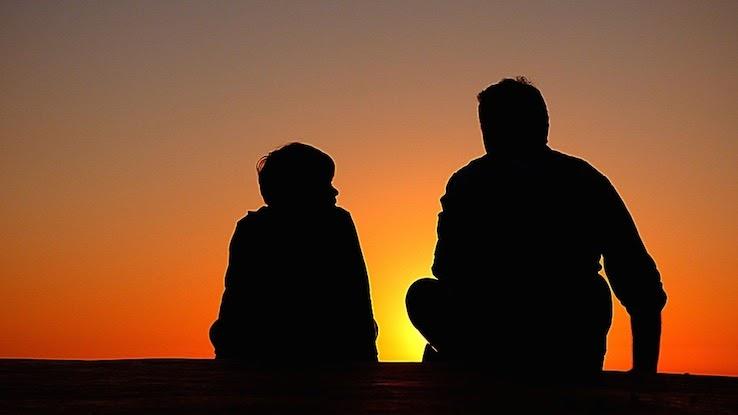
The storm was truly terrible, and nothing Wilcox might’ve done would’ve changed the outcome. After years of feeling guilty, he’s managed to find some inner peace, and others have acknowledged that he isn’t to blame for the deaths. Fellow survivors Snyder and Schlichter agree and do not blame him for what happened.
The Survivors
Soon after the tragedy on Denali, Schlichter found himself fighting in Vietnam. After the war, he went on to have a career in banking and security and is now retired. Snyder is the director of the Remington Carriage Museum in Cardston, Alberta, which houses the largest horse-drawn carriage collection in North America. Schiff is a consultant professor for Stanford and a Research Director.
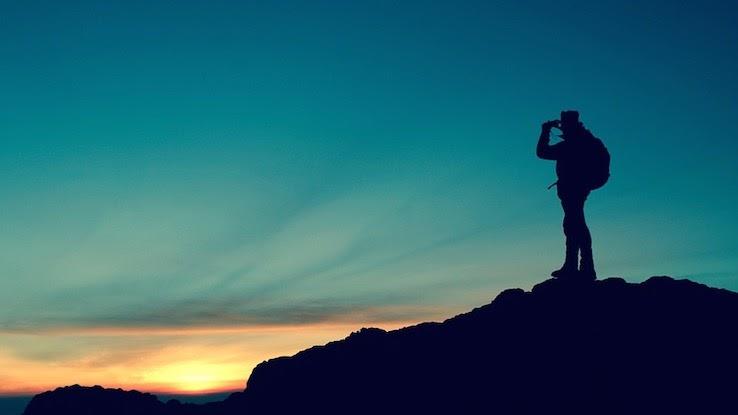
As for the leader of the expedition, Wilcox is now a professor; he teaches astronomy at the University of Hawaii and splits time between Hawaii and Washington State. Little is known about Jerry Lewis.
The Second Rescue Mission
After the original rescue mission was only able to find three bodies, a second team was organized to look for the other four — but it was unsuccessful. Despite searchers’ best efforts, the other four men’s bodies were never found. They’ll stay on the mountain, where they will likely remain, frozen and invisible, forever.
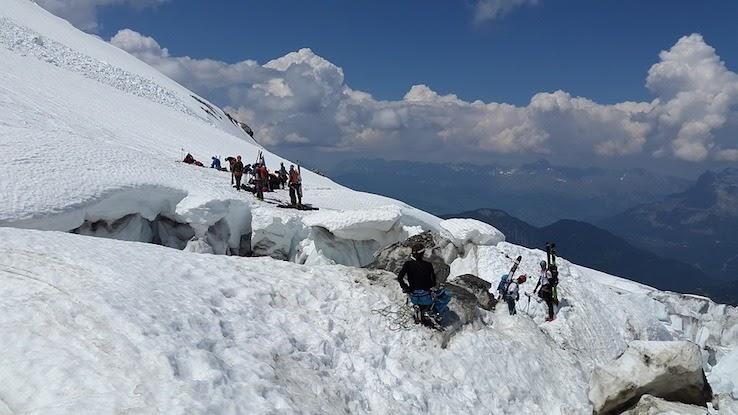
The team was never able to identify the three bodies they found. One of the original rescuers regrets having not taken any photographs, as he says that the families of the dead men would have been able to identify the bodies they’d found by their clothes, bringing some closure.
Facing Fears
When the Wilcox Expedition incident occurred, mountain climbing was still a fairly up and coming sport. Not many people had yet discovered the thrills that summiting a mountain can offer. In fact, in 1967, only 213 people had successfully summited Denali.
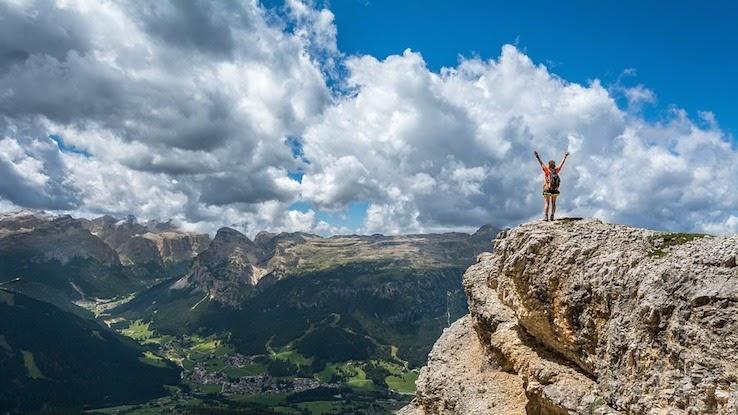
Today, approximately 32,000 people have attempted the climb, though only about half have made it to the top. Climbers understand the risks, the dangers and the challenges of the mountain — and climb anyway. They must think it’s worth it. Perhaps they share Andy Hall’s sentiments, that adventure and interesting things come with inherent risk, and find value in his words: “I’d hate to live without challenging myself.”






